The journey of greening production and existing challenges
Appearing in the discussion "Green transformation of enterprises - From challenges to actions", Dr. Nguyen Hoai Nam - Deputy Director of the Institute of Energy and Environmental Science and Technology, Vietnam Academy of Science and Technology - had in-depth analysis of opportunities and challenges for Vietnamese enterprises that are and will be in the process of green transformation.
Dr. Nguyen Hoai Nam - Deputy Director of the Institute of Energy and Environmental Science and Technology, Vietnam Academy of Science and Technology at the seminar "Green transformation of enterprises - From challenges to actions"
Citing a report by PwC and WWF, Dr. Nam said that green transformation is an opportunity to combine economic development with the goals of social equity, poverty reduction, climate change and environmental protection. This is a strategic priority for many countries, including Vietnam. Reducing greenhouse gas (GHG) emissions is identified as a focus, through production models that consume less resources, emit less, and effective solutions to adapt to climate change at all levels, from local to global.
For businesses, green transformation is the process of restructuring technology and operations to reduce emissions, improve energy efficiency and move towards sustainability. This not only helps to enhance brand image, but also opens up opportunities to access green capital and meet international standards, especially in the context of Vietnam's commitment to achieving net zero emissions by 2050.
In the ASEAN region, many heavy industries such as oil and gas, cement, mining and thermal power are undergoing strong transformation. Vietnam, along with Thailand and Indonesia, is one of the leading countries in the region with positive contributions. A typical example is the Thai National Petroleum Corporation (PTT) when applying carbon capture, storage and reuse (CCUS) technology, combining automation and upgrading energy-saving equipment, helping to reduce 25% of GHG emission intensity compared to 2012.
The country’s cement industry has also made its mark by reducing clinker consumption, using alternative fuels and recovering waste heat, aiming to reduce 2 million tons of CO2 by 2030. These models have become valuable lessons for Vietnam in the process of greening traditional manufacturing industries.
However, Dr. Nam commented that the green transformation journey of enterprises in the region still faces many barriers. Choosing the right technology for each field such as cement, steel or electronics requires significant financial and technical resources. High investment costs, the risk of production disruption during the process of replacing production lines and unsynchronized support mechanisms make the transformation process face many challenges.
Dr. Nam recommends that businesses should simultaneously promote technological innovation, improve processes and take advantage of green financial mechanisms such as green bonds, green credits and existing support mechanisms in the market. This is the driving force for businesses to invest in emission reduction projects without affecting financial efficiency.
“Going green brings a double impact to businesses, as it helps save energy and raw material costs, while also allowing businesses to create better profit opportunities. Moreover, this also contributes to the Government and the community in achieving climate goals and reducing environmental pollution,” said Dr. Nguyen Hoai Nam, an energy and environment expert.
Vietnamese businesses need a clear roadmap and strategic support.
According to Dr. Nam, an important factor for effective green transformation is to identify the right internal motivation. “Business leaders need to see the direct benefits from green transformation, from more environmentally friendly products, saving more resources, to enhancing reputation and expanding markets, including export markets,” he shared.
However, he also emphasized that determination alone is not enough. Businesses need to outline a roadmap, choose the right technology and prepare resources. “A good plan is the first step, a methodical implementation approach, identifying the right technologies and solutions are the factors that will help the green transformation succeed,” he added.
In reality, large enterprises in the steel, cement and mining industries in the ASEAN region have made significant progress, but the small and medium-sized enterprises (SMEs) sector is still lagging behind due to limited resources, and partly due to a lack of information, advice and appropriate implementation tools.
An important step in the green transition is to take a GHG inventory, especially for large-emitting enterprises. According to Dr. Nam, from 2028, when the Vietnamese carbon market is operational, these enterprises will have to periodically report GHG.
“Large businesses need support from experts and technology to accurately take inventory, while small businesses can take advantage of free tools from the US, EU, or Vietnamese platforms,” he suggested. These tools, along with support from domestic consulting firms, make inventory more accessible, even for businesses of limited scale.
At the same time, the voluntary carbon credit market is opening up great opportunities. Dr. Nam said that many international companies, especially in the Fortune 500 and Forbes 500 groups, are actively purchasing credits to achieve compliance or ESG goals. Vietnamese enterprises, as credit providers, not only have additional revenue but also create brand value and improve their financial balance sheets. However, because the voluntary credit market is currently mainly based on bilateral transactions, enterprises need to proactively seek intermediary partners to connect supply and demand.
Regarding green finance, Dr. Nam recommends that businesses take advantage of support mechanisms or capital sources from banks, investment funds, and international organizations such as the World Bank or the French Development Assistance Fund (AFD).
“Banks like HDBank have supported businesses in deploying rooftop solar power, while the Ministry of Industry and Trade has provided loan guarantees to improve technology,” he said. In addition, the green bond issuance model in Singapore is an experience worth learning, especially when Vietnam is aiming to build financial centers in Ho Chi Minh City and Da Nang.
One aspect that cannot be ignored is greening the supply chain. From direct emissions (Scope 1) to indirect emissions (Scope 2 and 3), businesses need to coordinate with partners in the value chain to minimize environmental impacts. Dr. Nam cited that some textile and garment enterprises have used recycled fuel and energy-saving technology, helping to improve their position in demanding markets such as the EU or the US.
He also emphasized the role of consultants in assessing energy efficiency and optimizing production processes. “Enterprises need consultation to assess energy efficiency and optimize processes without interrupting production,” Dr. Nam affirmed.
The Green Future Fund, established by Vingroup on July 7, 2023, has the mission of contributing to the Government's goal of reducing net emissions to "0" by 2050. The Fund promotes green journeys in daily life, raises public awareness and calls on each individual to take action today to protect the environment for future generations.
The fund's large-scale community activities include the "Green Wednesday" campaign with a series of incentive programs from member companies and affiliates of Vingroup for millions of customers to encourage a green lifestyle, the "Acting together for the blue sea" campaign mobilizing about 10,000 Vingroup staff and volunteers to collect and clean up beaches and estuaries in response to World Oceans Day 2025, the "Green Summer" campaign 2025 with the participation of the Youth Union of 33 agencies, institutes and schools implementing nearly 30 projects in 14 provinces and cities across the country with about 81,000 beneficiaries, the "Green Voice" and "Sending a green future 2050" contests for students from primary to high school attracting nearly 23,000 contestants, spreading to hundreds of schools in dozens of provinces and cities across the country...
Source: https://dantri.com.vn/kinh-doanh/chuyen-doi-xanh-tam-ve-de-doanh-nghiep-viet-tru-vung-trong-cuoc-choi-toan-cau-20250726185508426.htm


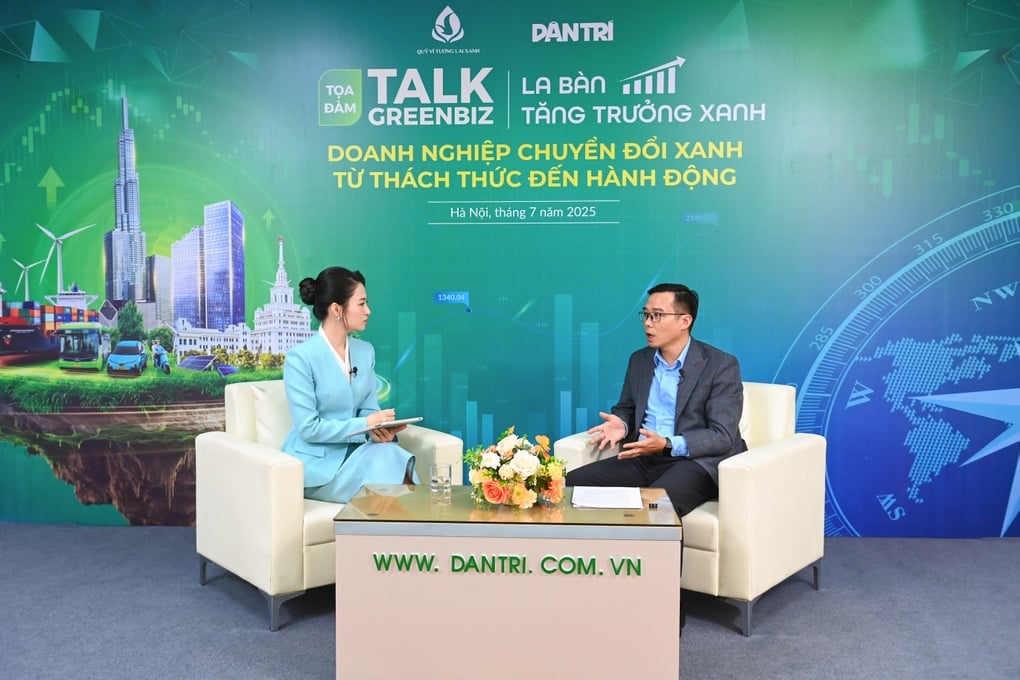
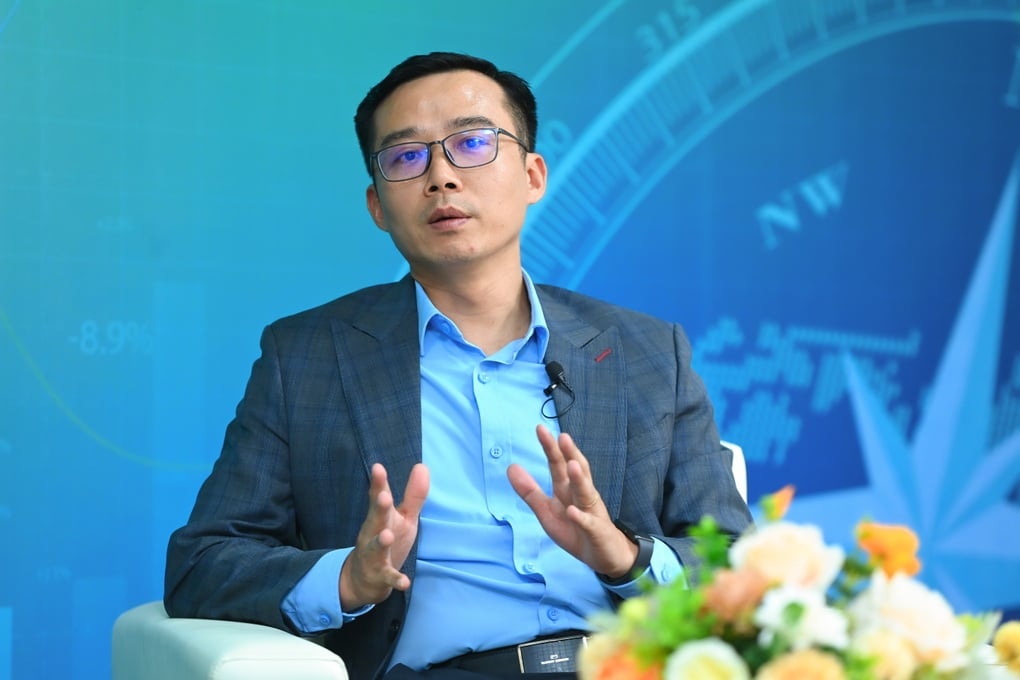

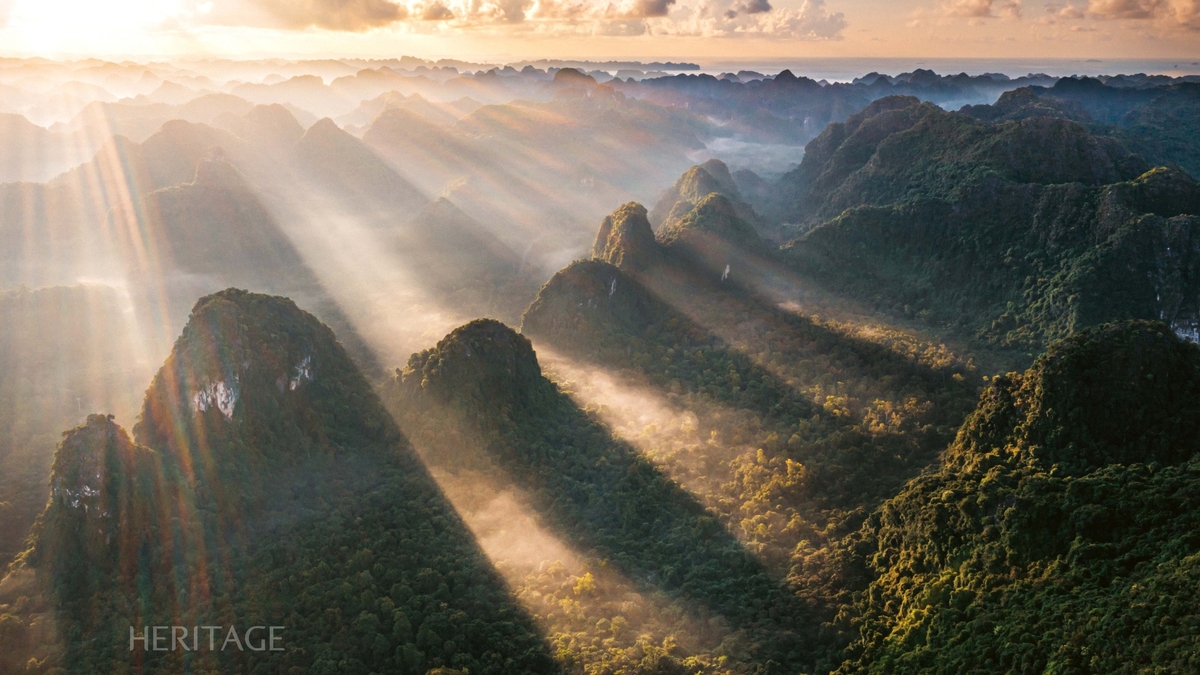


![[Photo] Da Nang: Water gradually recedes, local authorities take advantage of the cleanup](https://vphoto.vietnam.vn/thumb/1200x675/vietnam/resource/IMAGE/2025/10/31/1761897188943_ndo_tr_2-jpg.webp)
![[Photo] Prime Minister Pham Minh Chinh attends the 5th National Press Awards Ceremony on preventing and combating corruption, waste and negativity](https://vphoto.vietnam.vn/thumb/1200x675/vietnam/resource/IMAGE/2025/10/31/1761881588160_dsc-8359-jpg.webp)
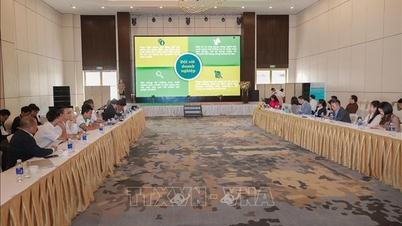

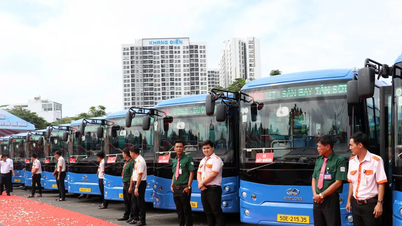



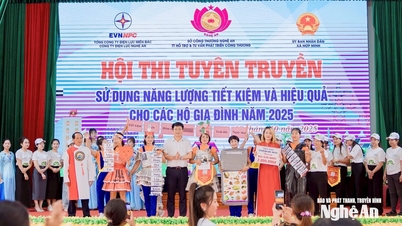

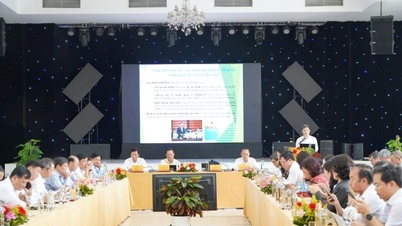


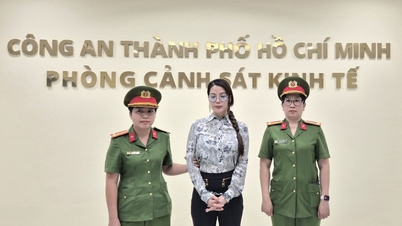
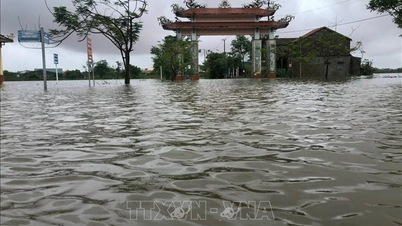
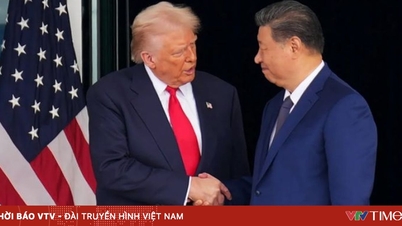

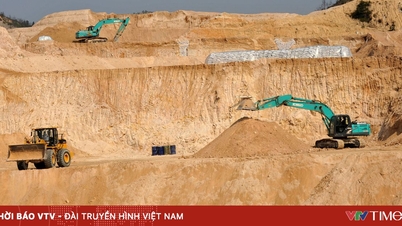
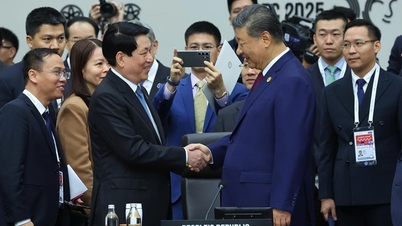
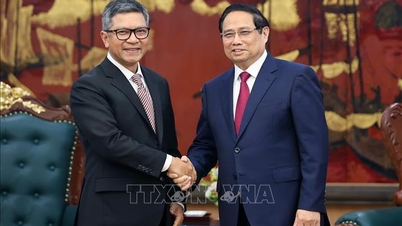




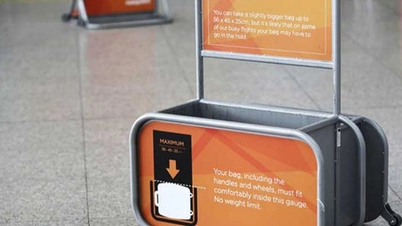
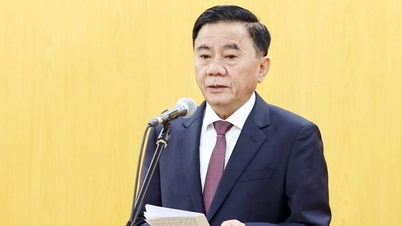
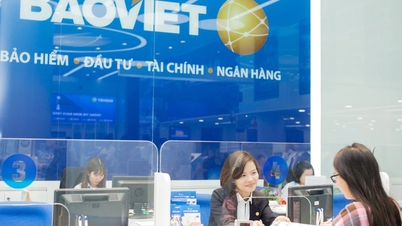





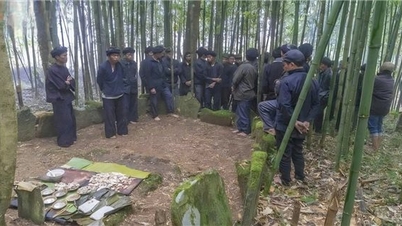

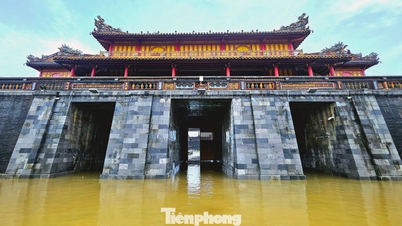

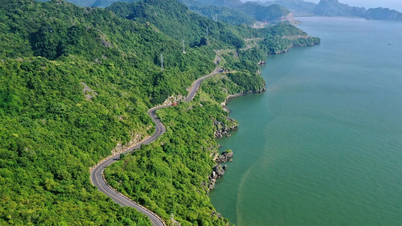


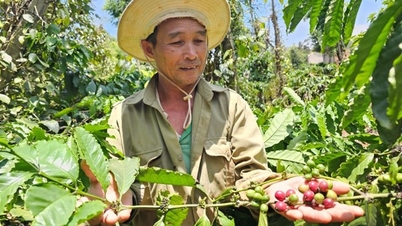









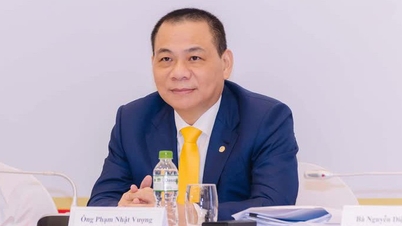

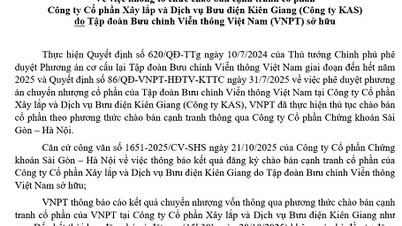


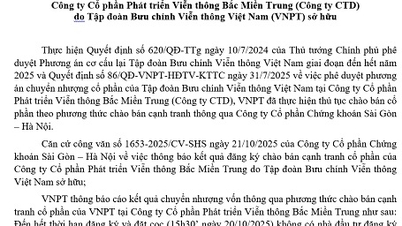
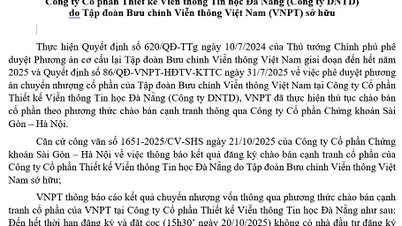






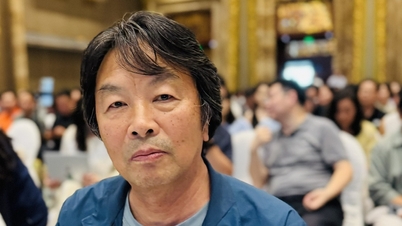

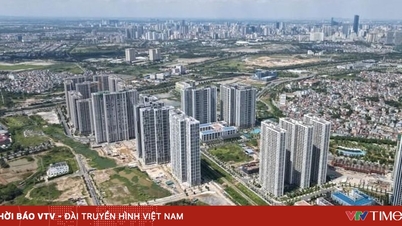
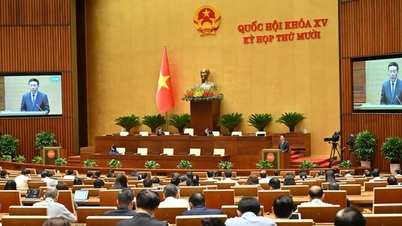

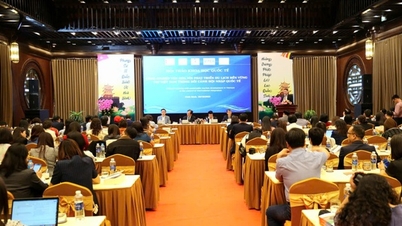
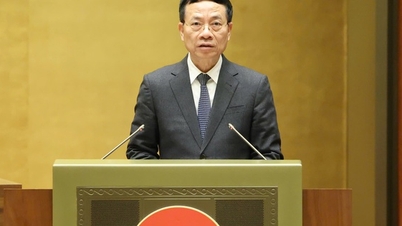
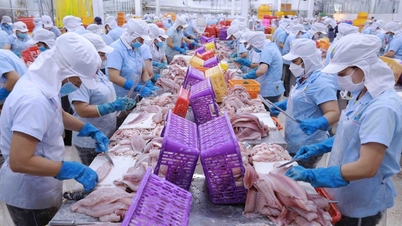

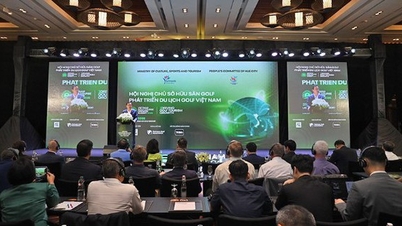








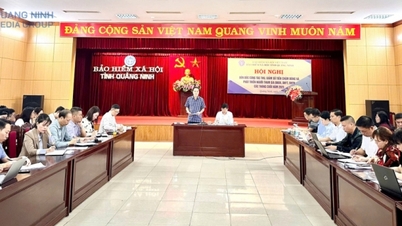

















Comment (0)